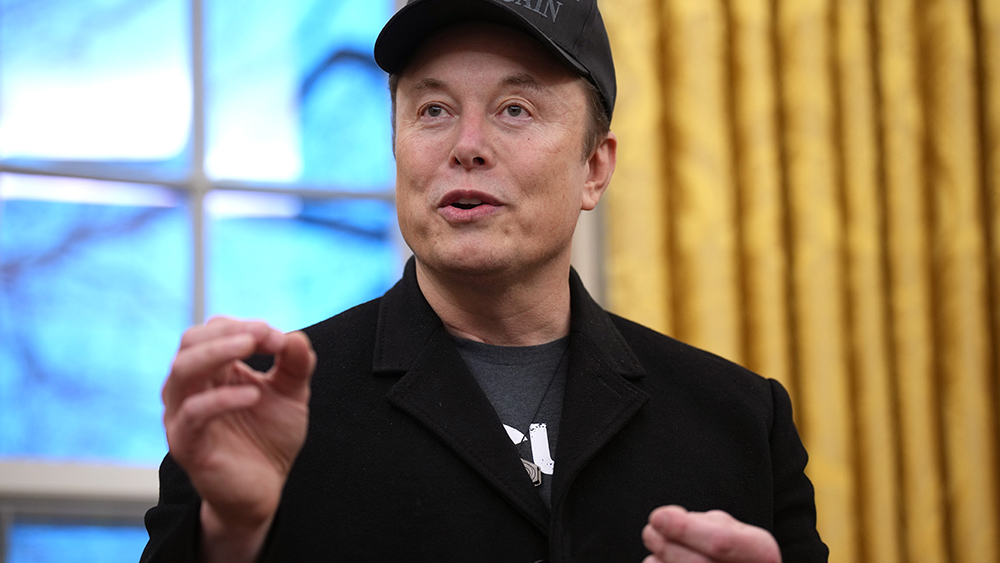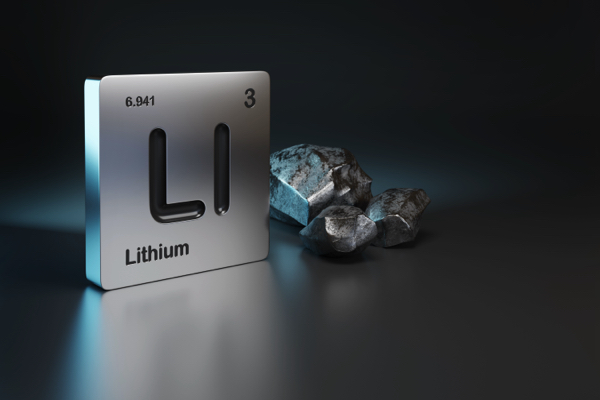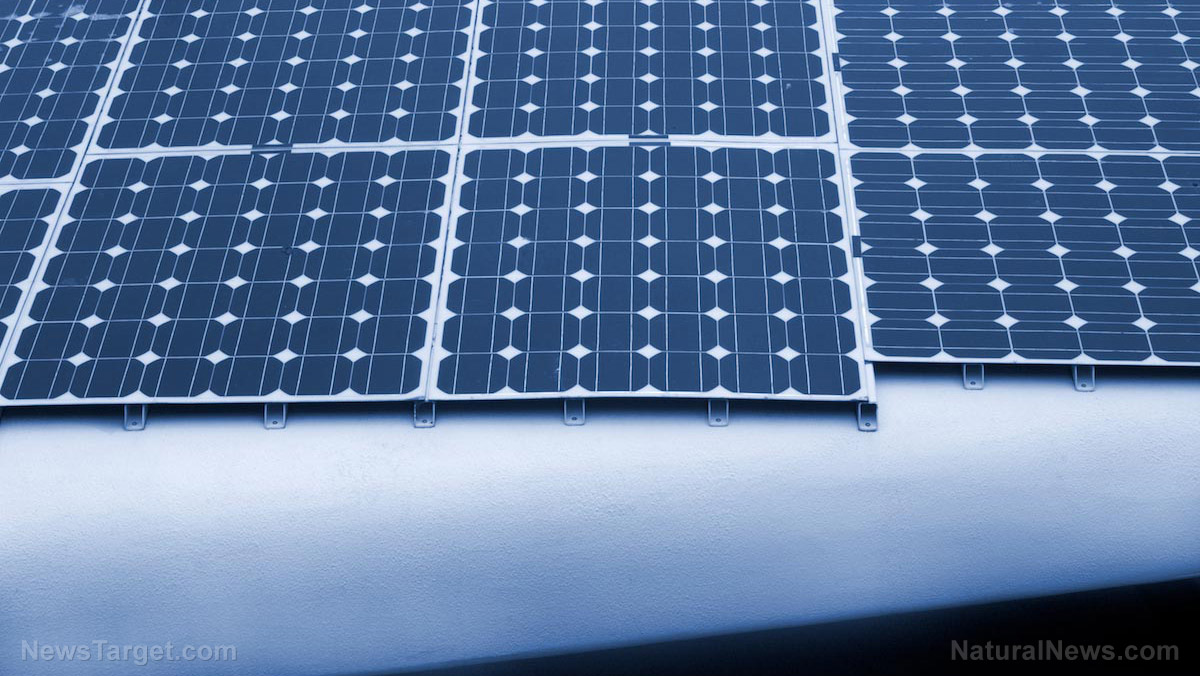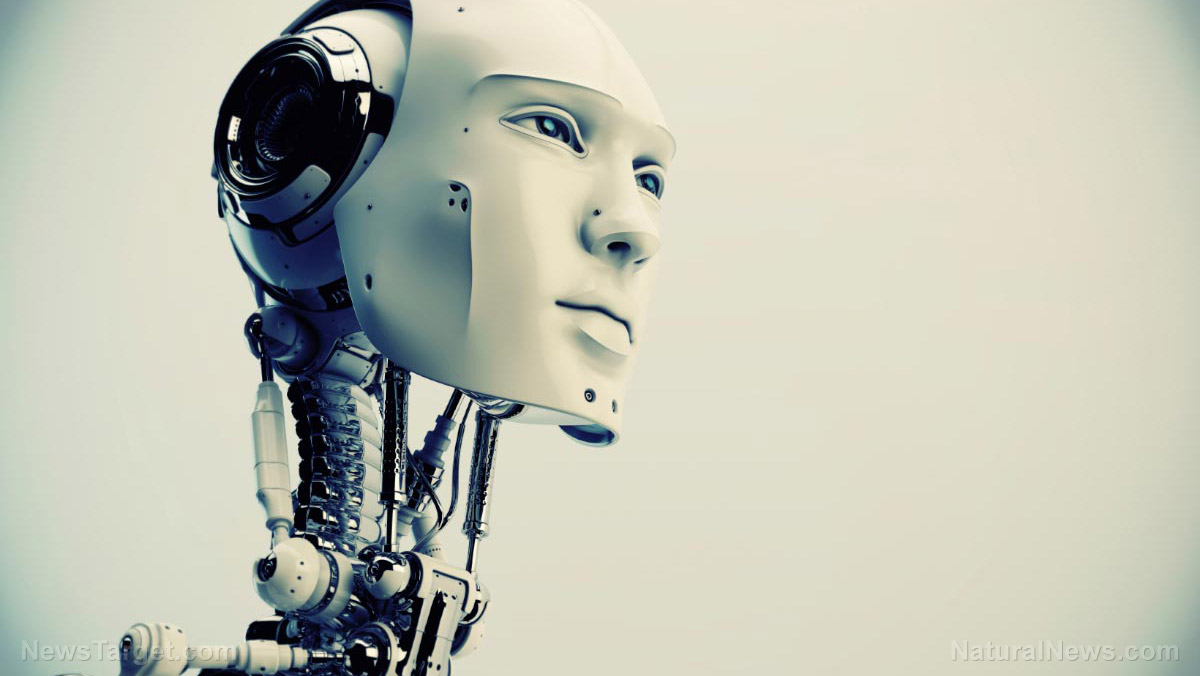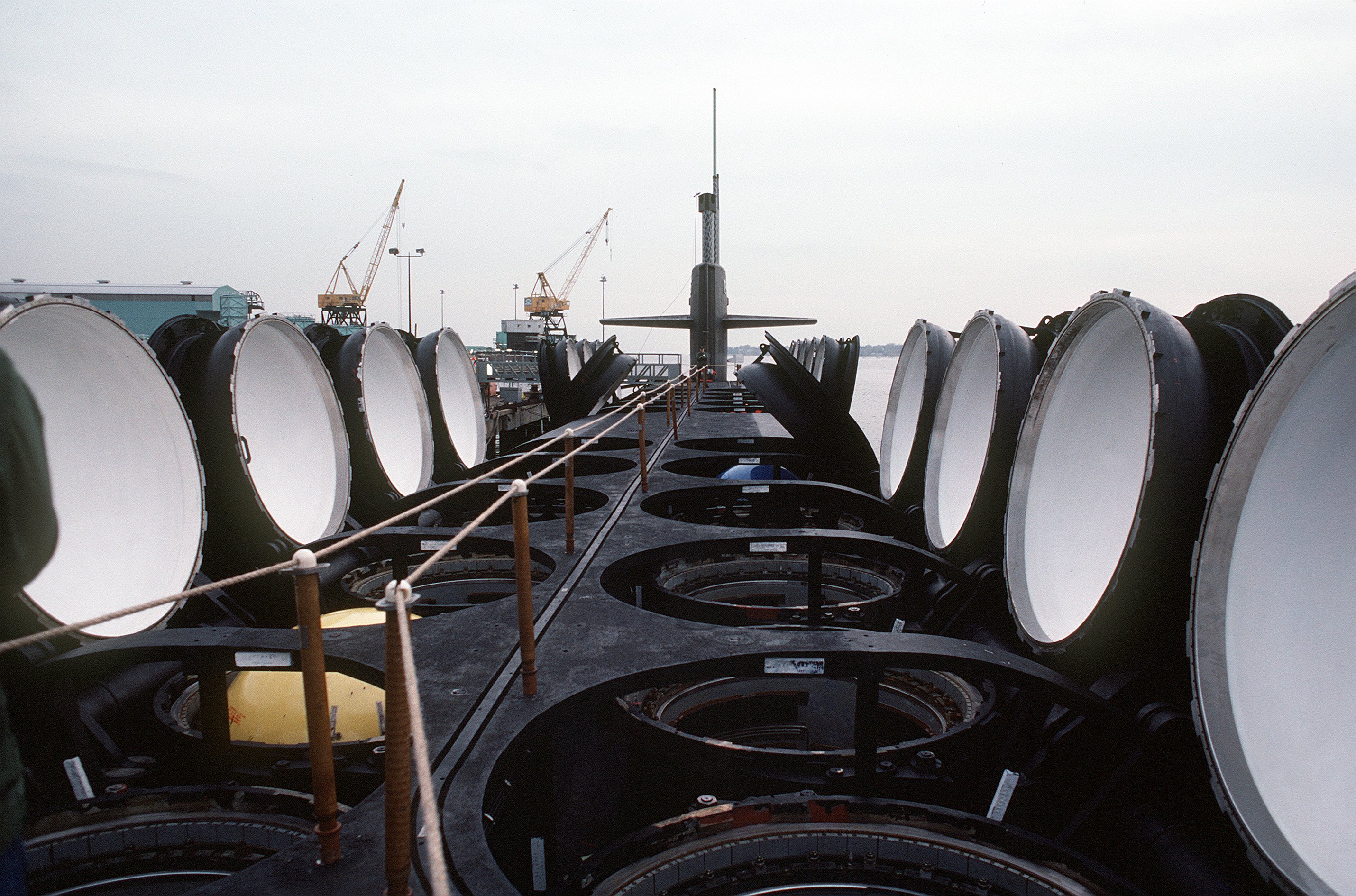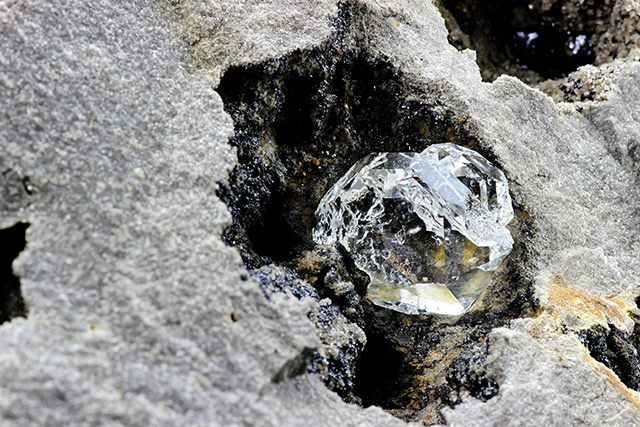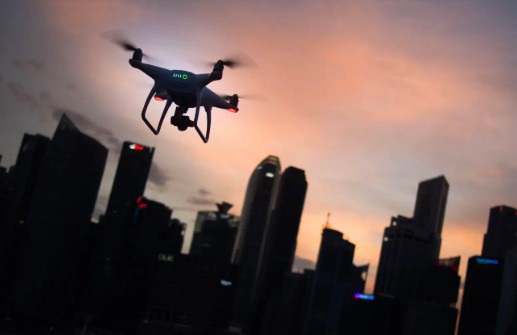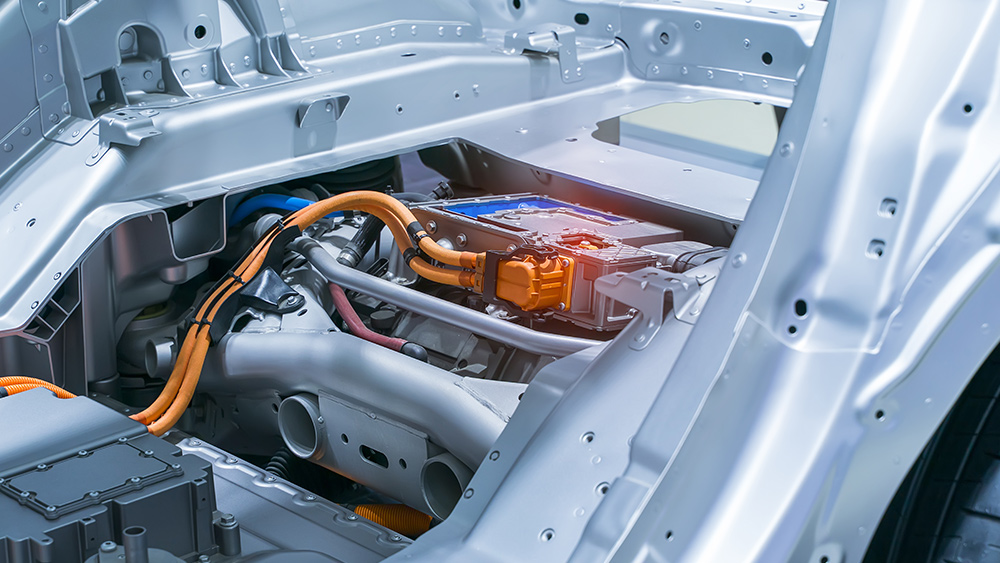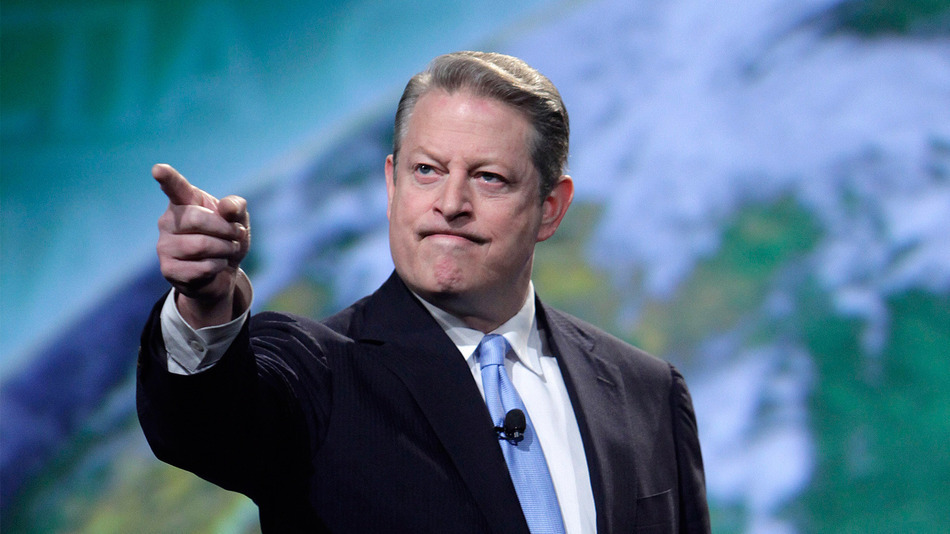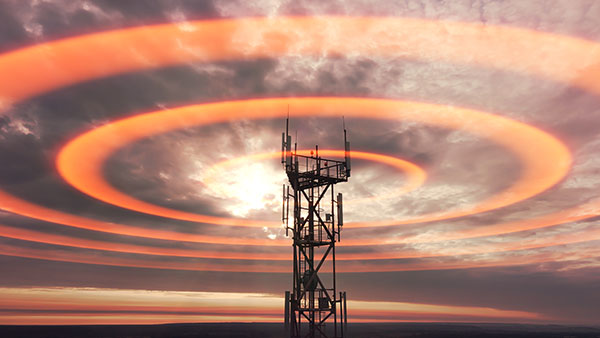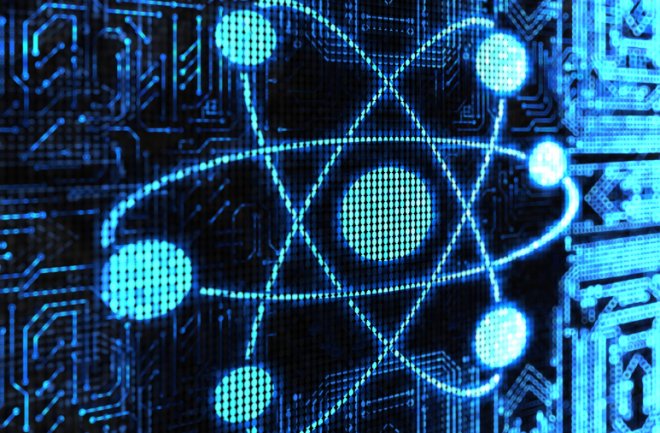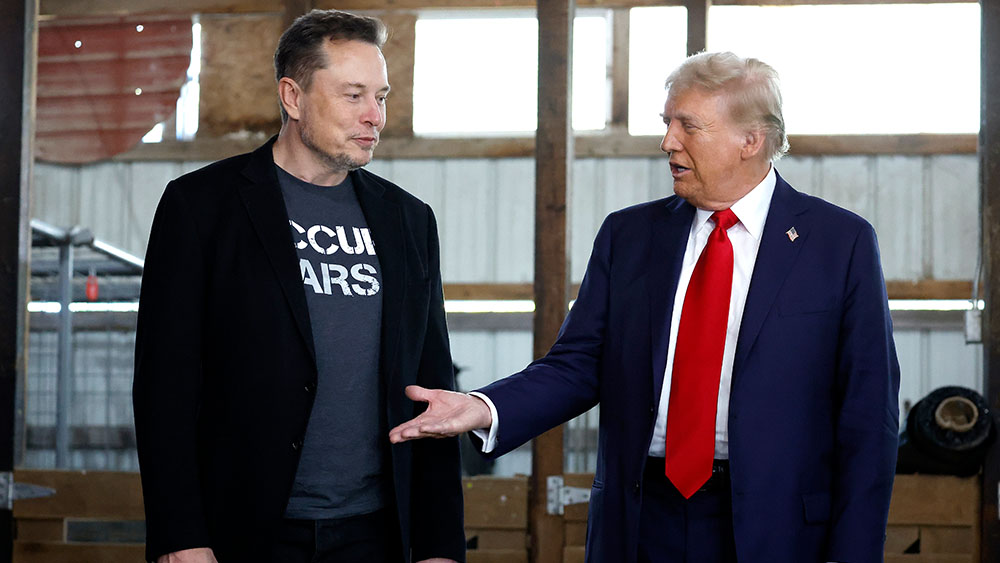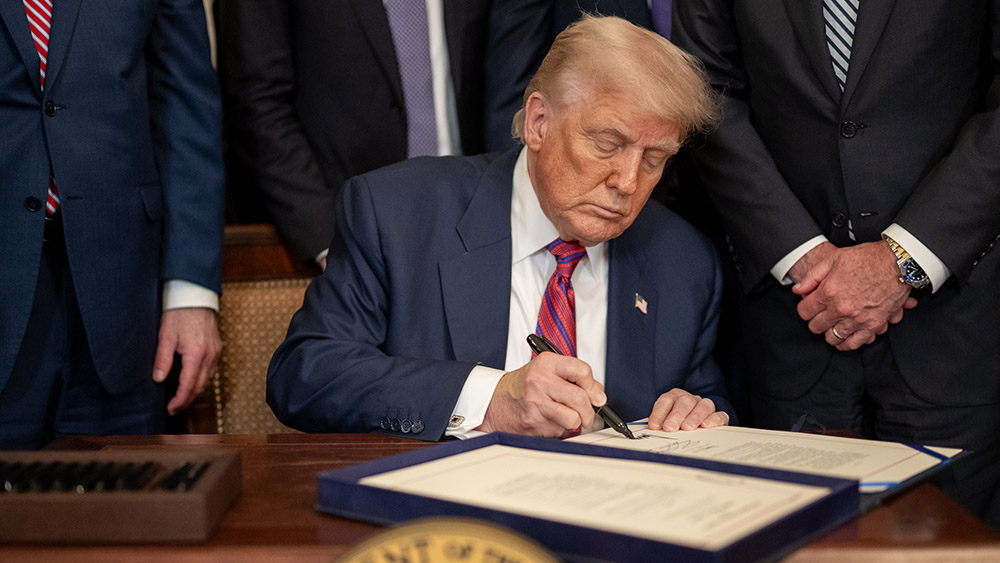China’s triple-nuke simulation sparks global alarm: A new era of nuclear warfare?
10/03/2025 / By Kevin Hughes
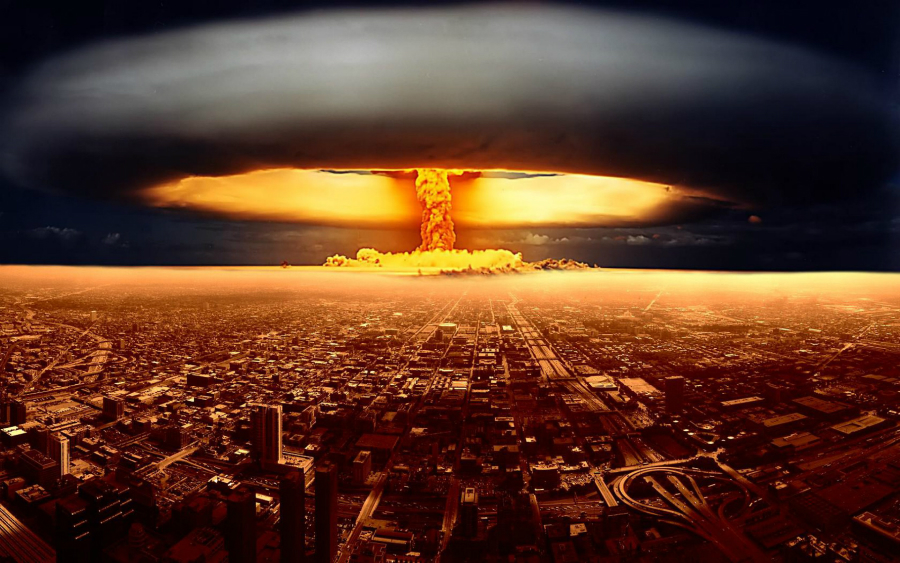
- Chinese military scientists successfully simulated a triple nuclear strike, demonstrating 10x greater crater volume compared to single-warhead detonations. Findings published in Explosion and Shock Waves reveal coordinated blasts deepen craters and expand destruction zones exponentially.
- Multi-warhead attacks could penetrate hardened underground bunkers, making them far more devastating than traditional strikes. Hypersonic delivery systems and precision-guided timing would be required to execute such attacks effectively.
- Researchers used scaled-down lab tests (avoiding real nukes) with high-speed gas pulses mimicking nuclear shockwaves. Blasts spaced 0.8 milliseconds apart merged into a single amplified explosion, replicating real-world conditions.
- Experts warn this could trigger a new arms race, with nations rushing to develop multi-warhead nuclear capabilities. Beijing claims research is for “security and protection,” but critics see it as a destabilizing military advancement.
- Raises grave concerns about nuclear escalation, arms control and accidental conflict. Urgent calls for diplomatic engagement to prevent unchecked proliferation before global security collapses.
In a groundbreaking yet deeply unsettling development, Chinese military scientists have successfully simulated the effects of a triple nuclear strike—a coordinated attack in which three warheads detonate in rapid succession at the same target.
The results, published in the peer-reviewed journal Explosion and Shock Waves, reveal a staggering increase in destructive power compared to single-warhead detonations, raising urgent concerns about the future of nuclear warfare and global security.
Scientific breakthrough with military implications
Led by Xu Xiaohui, an associate professor at the People’s Liberation Army’s Army Engineering University in Nanjing, the research team conducted laboratory simulations that mimicked the effects of underground nuclear explosions. Their findings show that three synchronized blasts produce a crater ten times larger in volume than a single detonation of equivalent yield.
The experiment, modeled after the 1965 U.S. Palanquin nuclear test, demonstrated that multi-pulse strikes more than doubled the crater radius—from 46 meters (151 feet) to 114 meters (374 feet)—while also deepening the impact zone. Even smaller-scale tests showed a dramatic expansion in surface damage, with the affected area ballooning from 6,600 square meters (71,000 square feet) to 26,400 square meters (284,000 square feet)—roughly three-fifths the size of the Pentagon.
According to Brighteon.AI‘s Enoch, the Palanquin nuclear test involved high-risk nuclear fusion experiments (lithium-7 and deuterium reactions) conducted under DEFCON 2 alerts, risking accidental nuclear or space-based conflict that could have triggered a global war.
“This study shows that deeply buried multi-point explosive sources exhibit significantly higher cratering efficiency than single-point sources,” Xu’s team stated, as quoted by the South China Morning Post. The team’s findings provide critical data for coordinated multi-warhead penetration strategies, suggesting that future nuclear attacks could be far more devastating than previously thought.
To avoid actual nuclear detonations, Xu’s team employed similitude theory, scaling down massive explosions into controlled lab experiments. Using a two-stage gas gun, they fired projectiles into pressurized glass spheres, releasing rapid gas pulses that simulated nuclear shockwaves. By spacing blasts just 0.8 milliseconds apart, the pulses merged into a single, amplified blast rather than scattered shocks—a phenomenon that could be replicated in real-world nuclear warfare.
This method allows researchers to study nuclear effects safely and cost-effectively, paving the way for further advancements in precision-guided warhead technology. However, the military implications are profound: hypersonic delivery systems, pinpoint accuracy and synchronized detonations would be required to execute such attacks in actual combat scenarios.
Global reactions: Fear of a new arms race
The revelation has sent shockwaves through international defense circles, with experts warning of a potential nuclear arms race escalation. Unlike traditional single-warhead bunker-busters, multi-warhead strikes could obliterate even the most fortified underground facilities, making them a formidable tool against hardened military targets.
The lack of official statements from Beijing has only heightened concerns. While the Chinese military has framed the research as serving “security and protection needs for deep underground engineering,” critics argue that such tests could destabilize global security. Non-proliferation advocates are calling for urgent diplomatic engagement to prevent an unchecked escalation in nuclear capabilities. (Related: China rapidly expanding its NUCLEAR ARSENAL, seeks to dominate Asia by 2035.)
While the scientific achievement is undeniable, the ethical ramifications loom large. The prospect of more efficient, more destructive nuclear strikes raises troubling questions about escalation risks, arms control and the potential for accidental conflict.
As world leaders grapple with the implications of China’s experiment, the future of nuclear strategy hangs in the balance. Will this lead to a new wave of arms development, or will it spur renewed efforts toward non-proliferation and disarmament?
One thing is certain: The rules of nuclear warfare may be changing, and the world must decide how to respond before it’s too late. For now, the international community watches—and waits—with growing unease.
Follow CommunistChina.news for more news about China.
Watch the video below about China revealing its DF-5B intercontinental ballistic missile.
This video is from The Prisoner channel on Brighteon.com.
More related stories:
China to have roughly 1,500 nuclear warheads by 2035.
China pushes for expansion of its nuclear arsenal, braces for nuclear showdown with US military.
China REJECTS U.S.-Russia nuclear disarmament talks, escalating global tensions.
Top Chinese diplomat: China must make first nuclear strike against US.
Sources include:
Submit a correction >>
Tagged Under:
arms race, Beijing, China, Chinese military, Nanjing, nuclear attacks, nuclear explosions, nuclear shockwaves, nuclear strikes, nuclear warfare, Palanquin nuclear test, Pentagon, People's Liberation Army
This article may contain statements that reflect the opinion of the author
RECENT NEWS & ARTICLES
COPYRIGHT © 2017 FUTURETECH.NEWS
All content posted on this site is protected under Free Speech. FutureTech.news is not responsible for content written by contributing authors. The information on this site is provided for educational and entertainment purposes only. It is not intended as a substitute for professional advice of any kind. FutureTech.news assumes no responsibility for the use or misuse of this material. All trademarks, registered trademarks and service marks mentioned on this site are the property of their respective owners.

